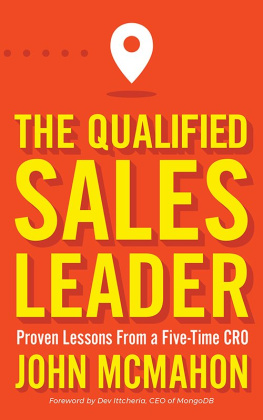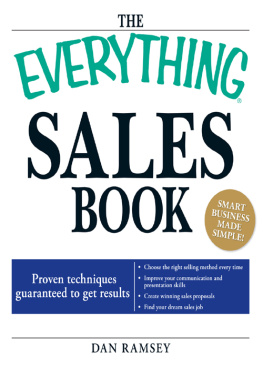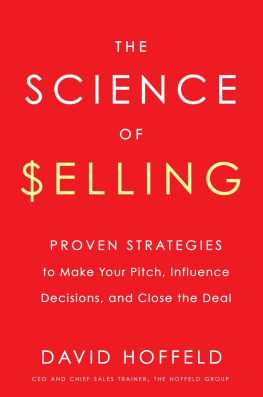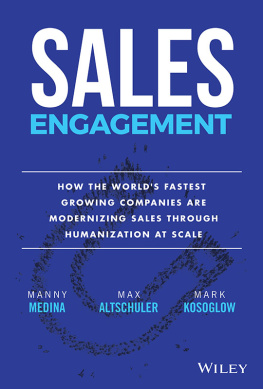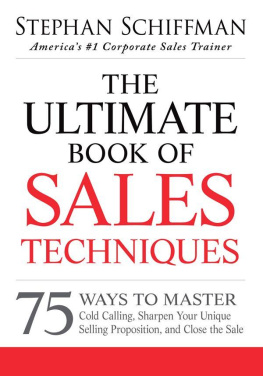Cover images macrovector/Freepik, Adrien Coquet/Noun Project, Gregor Cresnar/Noun Project, Jacopo Bonacci/Noun Project
Sourcebooks, the colophon, and Simple Truths are registered trademarks of Sourcebooks.
All rights reserved. No part of this book may be reproduced in any form or by any electronic or mechanical means including information storage and retrieval systemsexcept in the case of brief quotations embodied in critical articles or reviewswithout permission in writing from its publisher, Sourcebooks.
This publication is designed to provide accurate and authoritative information in regard to the subject matter covered. It is sold with the understanding that the publisher is not engaged in rendering legal, accounting, or other professional service. If legal advice or other expert assistance is required, the services of a competent professional person should be sought. From a Declaration of Principles Jointly Adopted by a Committee of the American Bar Association and a Committee of Publishers and Associations
All brand names and product names used in this book are trademarks, registered trademarks, or trade names of their respective holders. Sourcebooks is not associated with any product or vendor in this book.
P.O. Box 4410, Naperville, Illinois 60567-4410
This work is dedicated to the ASHER sales team who work with our prospects and clients to close deals faster.
Introduction
For the past several generations or so, there have been three types of sales:
- Sales to consumers
- Sales to business buyers
- Sales to government buyers
We have all witnessed the fairly quick migration of purchases by consumers from brick-and-mortar to the internet for the past several decades. In 2020, worldwide retail e-commerce sales for the year grew 28 percent to $4.3 trillion.
Companies following this trend are more heavily investing in digital selling. According to Statista, worldwide digital advertising will grow from $40 billion in 2021 to $46 billion by 2024. Automation has seen similar growth to support factories and consumers. In early 2020, a Black & Decker factory making portable electrical tools opened in South Carolina. The factory is 100 percent automated. This rise in automation has impacted retail too. Consumers can order, pay for, and have a pizza delivered from Dominos with no clicks. Not one click! If they have their favorite pizza in their Dominos app, just opening the app is enough to order, pay for, and have the pizza delivered.
Every recession results in rapid innovation and many new business start-ups. McKinsey & Company examined supply and demand factors across seven countries and six sectors looking at stalled productivity growth since the 1960s. This period includes all of the factors and setbacks associated with financial crises, armed conflicts, oil disruptions, and market collapses. Their analysis indicates that companies that rapidly innovated new products, services, and processes had the best opportunities to survive and contribute to the return of economic growth through productivity. Looking forward, McKinsey forecasts that 60 percent of the productivity potential comes from digital opportunities.
One of the most important lessons learned is that the companies that rapidly innovated new products, services, and/or processes grew four times faster from the end of the recession to the start of the next one, usually about ten years. The laggard companies did not innovate, and if they did, they got to the market too late.
The behavior of business buyers has radically and dramatically changed. Most buyers like the changes. Most elite salespeople and their companies have understood these changes and have rapidly responded to stay ahead of their competitors. You can too!
Our team has identified the sales techniques, processes, and tools that salespeople need to use to adapt or get left behind in the dust! Whether your company works B2B (business to business), B2G (business to government), or standard B2C (business to consumer), sales success in the ever-shifting future will be found only through adaptation. Its time to shake things up!
Chapter One:
Radical and Permanent Changes in Buyer Behavior
Most buyers now have a preference for digital interactions with companies and their salespeople. Face-to-face (F2F) interactions have fallen out of favor for a number of readily apparent reasons.
- The purchase can be accomplished much more quickly and easily.
- There will be a digital record of the entire transaction.
- It is more efficient.
- There are many untrained salespeople who do not have the standard sales skills.
- There are some salespeople who are not likable.
- Some salespeople have the opposite personality style from the buyer and do not know how to mirror the buyers style.
- There are no delays because of the need for out-of-town travel.
- Traffic jams can cause salespeople to be late to meetings.
As they become more comfortable with the technology, buyers are more frequently using mobile apps to make purchases. According to Forbes , the mobile payment market in the United States alone is exceeding $130 billion. This is ultimately why buyers also expect their online purchases to be simple, safe, secure, and easy to navigate.
Large-scale surveys support observations that buyer behavior has changed in interactions with salespeople. The LinkedIn State of Sales Report 2020 with data from ten thousand online surveys of salespeople shows:
- Virtual selling is going mainstream: 77 percent of respondents are holding more virtual meetings.
- Buyers are less responsive: 44 percent of respondents anticipated a decrease in responsiveness to outreach.
- Sales cycles are longer: 44 percent of respondents said buyers sales cycles increased.
- Their responses to unsolicited emails are down by 30 percent.
- Four out of five buyers prefer to have a video-conferencing meeting, for example through Zoom, than a phone call.
- Three out of four believe that digital selling is more effective than F2F selling.
Many B2B buyers have challenges that are now different because of the COVID-19 pandemic and post-pandemic recovery considerations. In addition, many of their customers are also facing new challenges. Because of these new and changing circumstances, buyers expect salespeople to be able to provide deep insights into their business. Many buyers know they need to change, but they do not have the knowledge to be able to do so quickly, efficiently, and with a significant return on their investment.
Buyers are looking for intelligent salespeople who have done their homework and who can challenge them to think differently and guide them through their change journey. In normal times, buyers can evaluate sellers in F2F meetings or at sporting events or business meals. When they are unable or choose not to do so, the next best and most helpful process is to use referrals from others they trust. Referrals have always been important, and now they are more important than ever.
According to Gartner Research, 80 percent of B2B sales interactions between suppliers and buyers will occur in digital channels by 2025. In most cases, the first interaction between a prospect and your company will be digital. The significance of this shift is clear. Seventy-five percent of buyers no longer see the value of interacting in-person with salespeople. My companys research and discussions with B2B sales leaders show the following:



